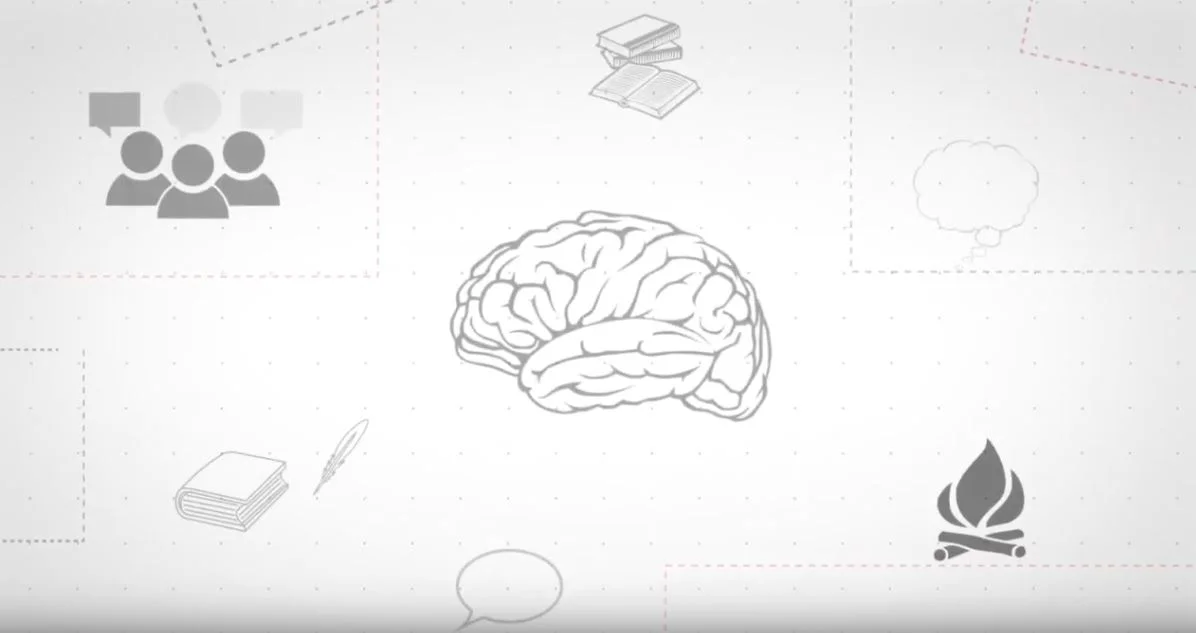The storytelling organization is a tapestry of multiple interacting, interpenetrating collective memories of various groups.
David Boje
In Management 2.0, leaders will no longer be seen as grand visionaries, all-wise decision makers, and ironfisted disciplinarians. Instead, they will need to become social architects, constitution writers, and entrepreneurs of meaning.
Gary Hamel
Our organizations are in constant flux while they navigate the tension between the affordances of an ever shifting environment and internal integrity. One of the central processes through which this is achieved is the process of organizing – famously described by Karl Weick.
Developed years later, his notion of sensemaking has come to prominence as the process through which organizations and its members… errr… make sense of what is going on.
Going beyond this somewhat handy but shallow definition, sensemaking refers to the creation of a shared frame of reference for understanding and interpreting the various types of information and data that an organization is exposed to every day. It refers to the constant and ongoing process of ascribing meaning to experience to orient and direct action.
What do you see? – This depends on your frame of reference! (Source: https://en.wikipedia.org/wiki/Rabbit%E2%80%93duck_illusion)
With the introduction of the narrative paradigm in psychology and organizational studies, the importance of storytelling and narratives for this process of meaning making – at the famous water cooler and in board rooms – was emphasized.
Building on the thinking of post-modern philosophy and constructivism, David Boje described organizations as story-telling systems.
If we apply this concept as our lens through which we look at organizations – what do we see?
- An ongoing process of meaning making in which members of the organizations try to make sense of what is going on through the telling of stories
- That an organization is by no means a coherent system with a unified interpretation of events, but a multitude of voices with different accounts of reality
- A constant dynamic between the creation of stories and counter-stories in which meaning is negotiated
- A hierarchy of narratives that serve as “stone piles” for the navigation of an often misty environment and as reference points for decision making
That view is a big leap from the organization-as-machine metaphor. It makes a difference which conception of organization we have – for leading, managing, consulting them. It is a new metaphor for understanding organizations.
(c) Delta7. Source: http://er.educause.edu/articles/2016/10/running-a-bi-shop-part-two-building-the-organization
Since Gareth Morgan´s images of organizations, we know that the way we see organizations impacts the way we navigate within them. The same holds true for how we think organizations can be lead, managed and changed.
As Hans Rudi Fischer has shown, the manager in the organization-as-machine is seen as a somewhat panoptical figure: with access to all relevant data, HE makes the calculus and calls the right shots. As the prime mover he holds all strings in his hand.
So what about leadership in the messy storytelling organization? To put it into the works of our dear collaborator Chené Swart:
The leaders’ role in the [… storytelling organization…] is to understand their own narratives and how they influence their practices, to convene conversations where meaning could be collectively named, to challenge and unpack the taken-for-granted beliefs and ideas, and to invite the co-authoring of the emergence of the alternative preferred narrative. (Chené Swart, in press*)
This is by no means a rant to discard all benefits of using the metaphor of organizations as machines (it is helpful in developing efficient routines), but a call to also look at the way through which leaders can support their organizations to effectively understand what is going on:
In a healthy storytelling organisation, the story lines told in the halls, board rooms and restaurants, accurately map the environment and direct stakeholders to change in anticipatory and responsive ways. In an unhealthy storytelling organisation, the processing of data into story and the recall of relevant precedent stories is not working to give accurate readings of the environment.
David Boje (1991).
Read on…
Boje, D. M. (1991). Organizations as Storytelling Networks: A study of story performance in an office-supply firm. Administrative Science Quarterly 36, 106-126.
Boje, D. M. (2008). Storytelling Organizations. London: Sage.
Fischer, Hans Rudi (1992): Management by bye? Philosophische Nachschläge zum Abschied vom Prinzipiellen. In: J. Schmitz, P., Gester u. B. Heitger (Hg), Managerie, 1. Jahrbuch für systemisches Denken und Handeln im Management., Heidelberg, S. 15-40
Swart, C. (2017). RE-AUTHORING LEADERSHIP NARRATIVES WITH AND WITHIN ORGANISATIONS. In Chlopczyk, J. (2017). Beyond Storytelling – Narrative Ansätze und Arbeit mit Geschichten in Organisationen. Springer-Gabler. In Druck.






















